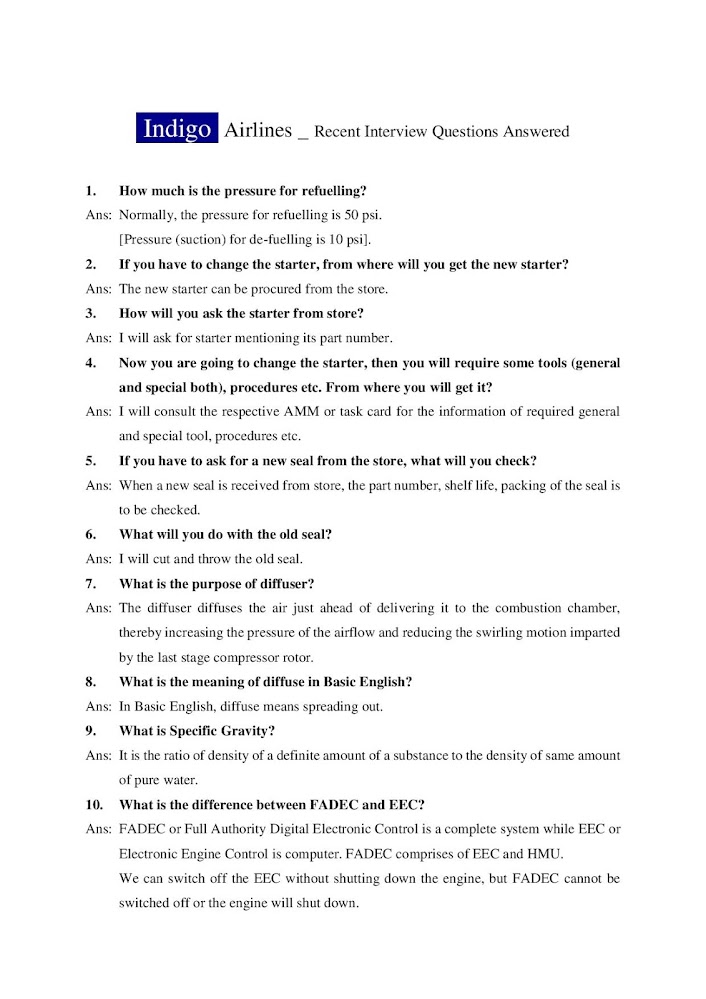Propeller driven aircraft have golden history. The greatest dream of mankind to fly like a bird was fulfilled by propeller driven engines only. In Earlier days, almost all the aircraft' s were propelled by the piston engines until turbine engines were developed. When the jet engines were invented, it brought a new age of aviation, called the jet age! The combination of propeller and jet engines were named as 'Turboprop'. Still, there are many airlines in the world who have their entire fleet of turboprop e. g. Truejet.
In older days, flying in a propeller driven aircraft was much challenging job because of their message vibration and sound. But as technology progresses, the state of art systems improve the engine noise and vibration level so that passengers can feel more comfortable during the flight. This situation could get very critical when flying over long range.
Bombardier Q400 have an artificial noise inducer, which produces a similar pattern of noise within the cabin, so that it (artificial noise) cancel the engine noise and thereby comforting the passenger. Hence it has been named as Q400 means, Quite!
This turboprop aircraft are generally known as DC (Direct current) planes, they have DC alternator is fitted on their engine for the following reason:a
a It is used for a short time(short flight), so no heavy AC load is used (still there are DC to AC converter for few AC loads).
b. Turboprop engine structure doesn't permit heavy AC alternator (they are bigger in size). Turboprop engines are smaller as compared to turbofans.
Aircraft like ATR 42/72 doesn't have an APU. Their design configuration is different than that of the other fixed wing aircrafts. Since they don't have an APU, they do require a power cart to make their initial turn. This Turboprop don't have air conditioning system, so HP compressor (engine) gives good air circulation on the ground only. In flight their efficiency is reduced.
Some turboprops utilises 'Hotel mode' in which only high pressure compressors are made to rotate while braking the propellers ( to avoid hitting to people/crew during departure). But hotel mode has some disadvantages like:
a. It is very loudy, especially if you are lifting heavy bags.
b.It consumes lot's of fuel.
c.It could be dangerous , if propeller brake is in poor condition and suddenly loses its grip.
Most of the the turboprpos have Big L1 cargo door and L2 as passanger/ crew entry door. Right hand side R1 doors are not used or not instelled due to Hotel mode. Some turboporps have R2 as rear cargo door. L2 doors have inbuilt staircase for passanger entry so that they can land even in undevloped airport or which doesn't have facilities like ladders.
Avionics bay, where all flight computers are kept, is located behind co-pilot seat and infront of L1 door. This area is combined galley, toilet and cargo section.
Turboprop aircraft require shorter length runway than turbojet or turbofan. Hence it is used for short airfields. Instead of thrust reversal,they uses propeller feathering process to brake the the aircraft. They induce drag by changing the pitch of the propeller . Unlike swept wing aircraft, turboprops doesn't require flare mode.
Propeller driven aircraft due to their significant importance in aviation , they will always remain with us all time.




Comments
Post a Comment